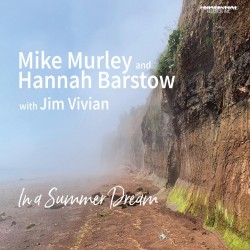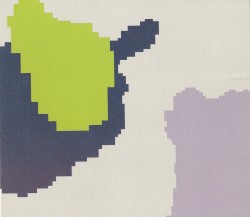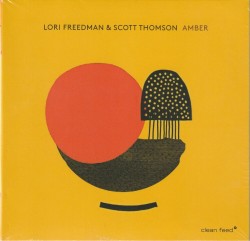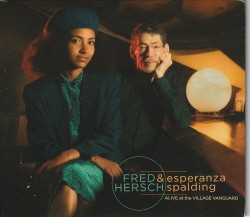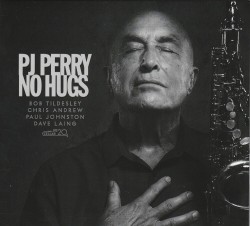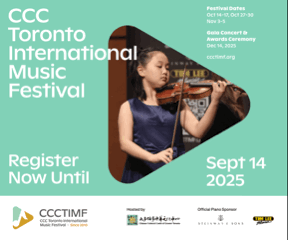Outside the Rain Has Stopped - Ig Henneman
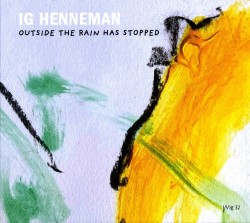 Outside the Rain Has Stopped
Outside the Rain Has Stopped
Ig Henneman
Stichting Wig Wig 32 (abbaarsighennemanwig.bandcamp.com/album/outside-the-rain-has-stopped)
Canadians who only know Dutch violist Ig Henneman from her collaboration with the local Queen Mab duo, might not realize that in recognition of her lifetime in improvised and composed music The Netherlands made her a Knight of the Order of Oranje-Nassau in 2021. This CD presents many aspects of the 76-year-old’s extensive career in many idioms.
The soundscape Bow Valley, which blends improv with Alberta’s Rocky Mountain area field recordings is one standout. While Anne La Berge’s flute flutters and Ab Baars’ shakuhachi trills are intertwined with rural sounds, the bucolic texture is repeatedly interrupted by passing freight train whistles and radios blaring rock music. Meanwhile Galina U, inspired by Russian composer Galina Ustvolskaya, posits a contrapuntal challenge between Ansgar Wallenhorst’s foghorn-like organ drones and dynamic crescendos with structured colouration from La Berge’s flute, Baars’ clarinet and Henneman’s own viola.
Other compositions for pressurized solo organ, spirited solo cello and poem or sound poem embellishments and improvisations are included. But the most impressive demonstration of Henneman’s compositional aptitude is the title tune. Here, dynamic interaction among violins, viola and cello with jagged arco slices, sul tasto pushes and whistling glissandi, shatter the form then reach an energetic crescendo that approaches Cecil Taylor’s dynamic pianism.
Obviously, Ig Henneman is a name that should be more recognized by sophisticated listeners on both sides of the musical improvisation-notation divide.


